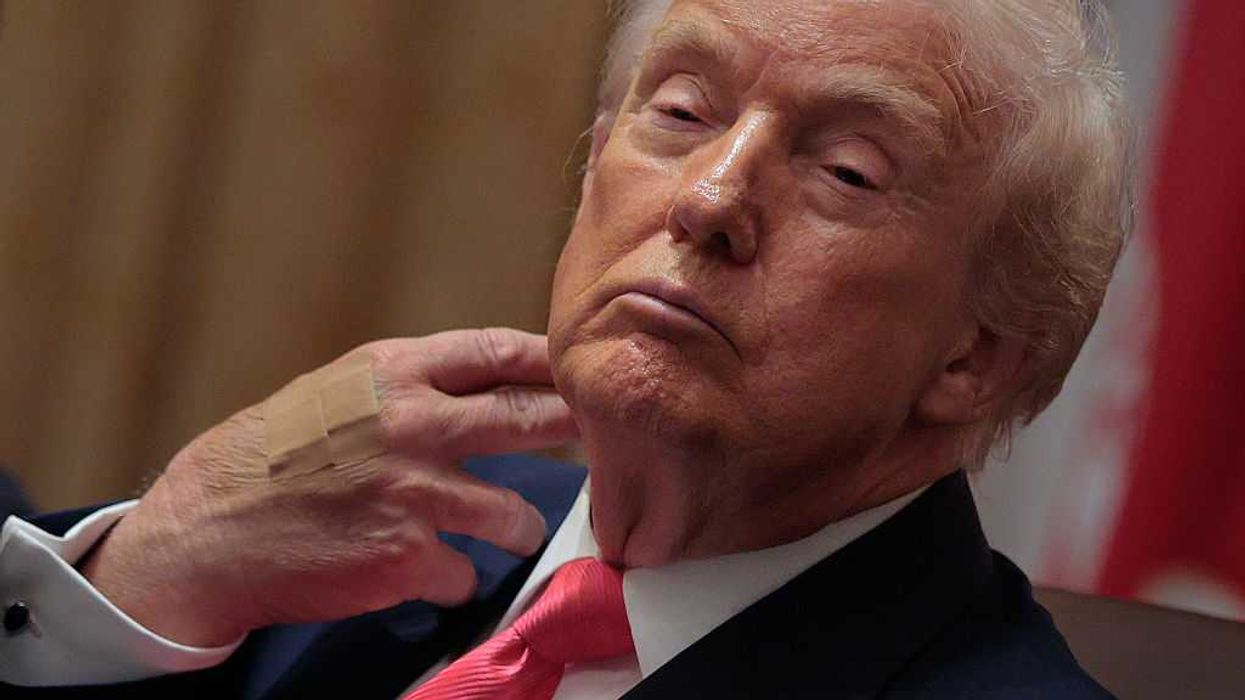The Fulcrum presents The Path Forward: Defining the Democracy Reform Movement. Scott Warren's interview series engages diverse thought leaders to elevate the conversation about building a thriving and healthy democratic republic that fulfills its potential as a national social and political game-changer. This initiative is the start of focused collaborations and dialogue led by The Bridge Alliance and The Fulcrum teams to help the movement find a path forward.
Karissa Raskin is the new CEO of the Listen First Project, a coalition of over 500 nationwide organizations dedicated to bridging differences. The coalition aims to increase social cohesion across American society and serves as a way for bridging organizations to compare notes, share resources, and collaborate broadly. Karissa, who is based in Jacksonville, served as the Director of Coalition Engagement for a number of years before assuming the CEO role this February.
I wanted to talk to Karissa as I feel that the bridging community within the democracy community has, perhaps paradoxically, become one of the more polarizing aspects of the field. Proponents of bridging make the case that American society is fundamentally polarized, and true change cannot happen without transforming political culture and building a vibrant, pluralistic society that can productively engage with and disagree with each other.
But bridging has its fair share of detractors. Some argue that bridging work is fundamentally unscalable and caters to those already predisposed to engage in it rather than reaching those who are most polarized. Others argue that attempting to bridge with anti-democratic actors is not a useful tactic in the wake of the election, and so they are deprioritizing bridging within the broader democracy ecosystem.
I found Karissa to be deeply thoughtful about the moment for bridging, recognizing these critiques, but seeing the obligation to continue the work, albeit recognizing its need to transform in the moment. Her perspectives are critical to wrestle with for those who are advocates for and critics of the bridging movement.
Her main reflections included:
- Bridging work is long-term and foundational and needs to remain so: In the current political environment, there seems to be a level of urgency around everything in the pro-democracy field. Because bridging work is cultural, it is necessarily long-term. Karissa understands that some individuals will be engaged in short-term defensive work, which is important, but also feels the need for bridgers to stay long-term in their strategy and actions, as uncomfortable as that might be:
She notes, “I and my colleagues have to be really mindful (that) the role that we play is long term. We do not want to be absent minded in any way or feel like we're just completely closed off to what's happening, but also recognize that.. a truly pluralist, healthy pro-democracy future of social cohesion can only exist if we have created the space for all voices to be able to have representation."
So I think one of the biggest threats and challenges right now is...being swept away by the immediacy of the chaos, real or perceived, that has come into the pro-democracy space.”
- The bridging space needs to actually be bi-partisan: Often times when entering a bridging space, you’ll find a lot of left-leaning organizations talking about the importance of pluralism without necessarily engaging with conservatives. This challenge has become amplified in a post-election environment, in which many on the left feel that the Trump Administration, and Republicans in power writ large, pose an existential threat to democracy.
Karissa recognizes this reality, and pushed on her field. The organizations in her coalition, to speak truth to power in terms of their own work, even if it involves getting uncomfortable, saying:
“What do I think that bridging movement leaders need to be doing in order to ensure that we are reaching Republicans and Conservatives? My guidance would be swallowing a pill of humility and really own the fact that there are a large population of people who do not see what's happening right now in the way that more left leaning pro-democracy leaders do. We have to be able to check our own bias at the door.”
Karissa also warned that, “If we are not careful, may become even further left leaning as a result of where we're at right now.”
- Curiosity is Foundational: One of the challenges that I see in engaging in the pro-democracy field is a moralistic need to judge certain people, or candidates, as anti-democratic. Karissa pushed on the importance of engaging with curiosity. This may be quite challenging at the moment. Some may argue against being curious about why people hold views they see as antithetical to a democratic society. Still, Karissa would argue that leading with curiosity is more effective than leading with judgment.
To Karissa, this means not wading into the policy issues of the day, as tempting as that might be. To that end, bridge-building work can be seen as a vital foundational component of democracy, but it does not pretend to be a silver bullet solution in any way.
As she notes, “We aren't leaning in with curiosity. We aren't seeking to understand. There is a really important need to make sure that we are listening to and hearing from people who are happy with what's happening right now and truly get an understanding of why. I think you know one of the things that sometimes comes up that gives me pause is in pro democracy spaces-it's bridging to a point. But I really think that we need as bridge builders to be open to those conversations with everybody across the board.”
I appreciated Karissa’s honesty and real feedback on the bridging space. I think it’s necessary for all those advocating for pluralism and the entire field.
Scott Warren is a fellow at the SNF Agora Institute at Johns Hopkins University. He is co-leading a trans-partisan effort to protect the basic parameters, rules, and institutions of the American republic. He is the co-founder of Generation Citizen, a national civics education organization.




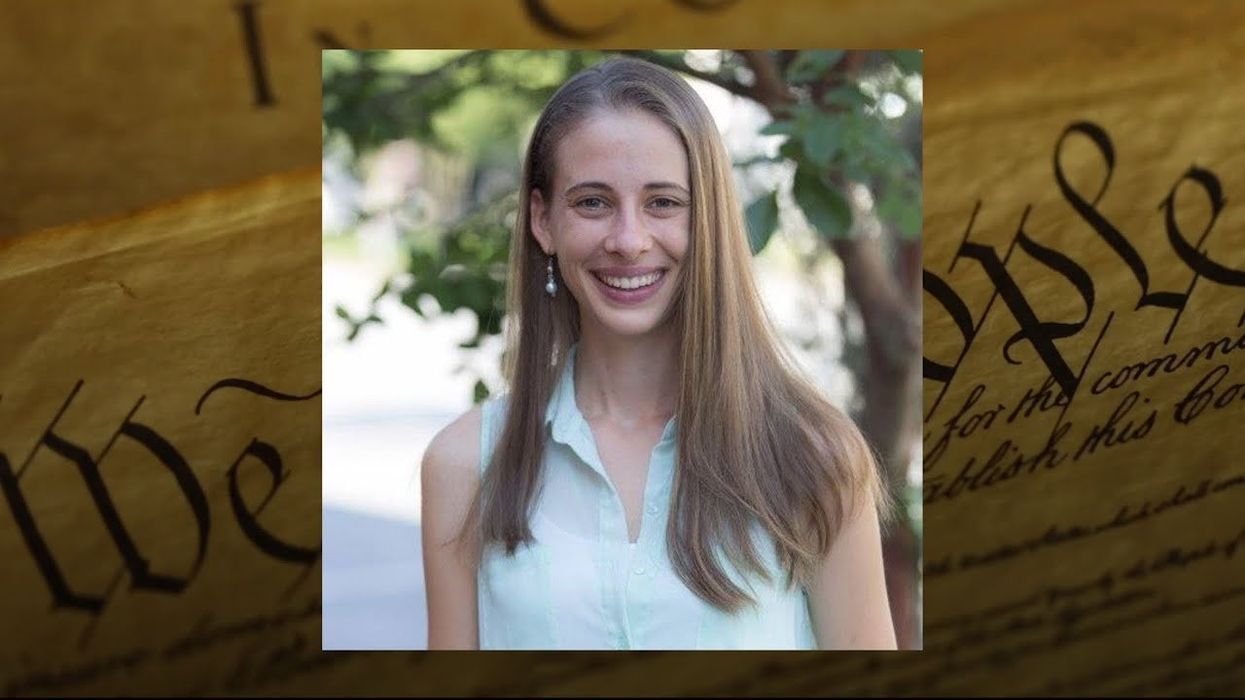


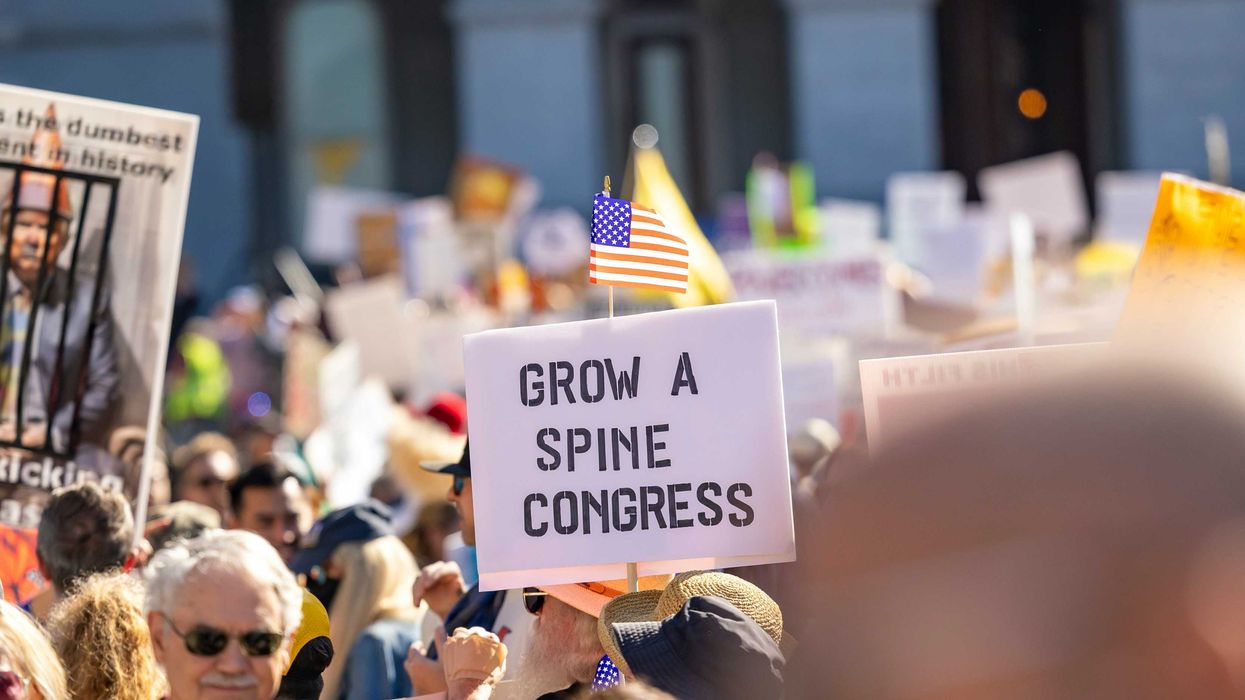


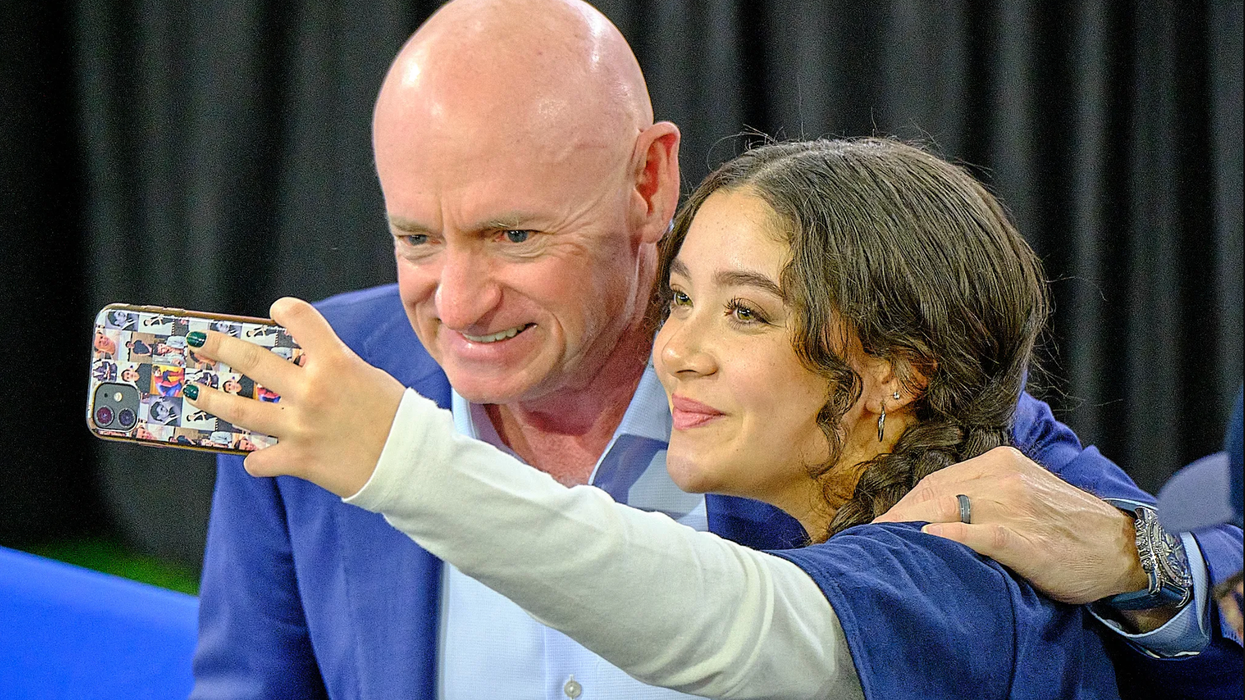





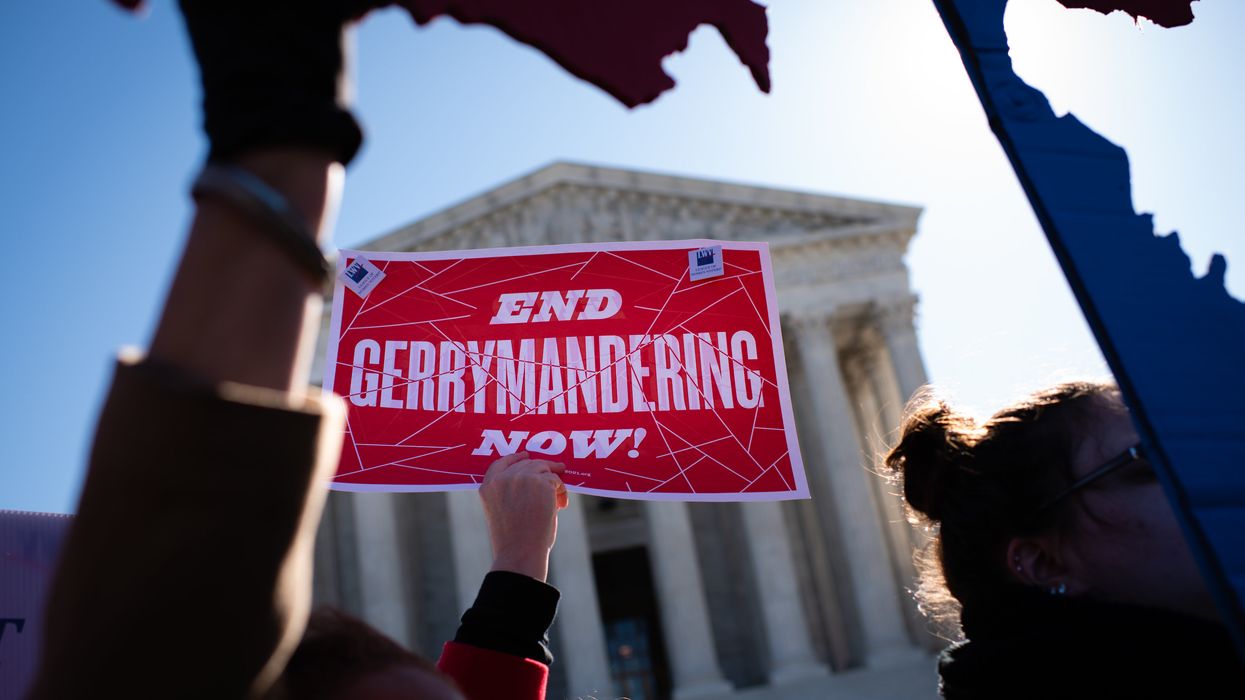


 Despite signing a mortgage that pledged he would live in each house, Trump listed both homes as rentals. Palm Beach Daily News via Newspapers.com. Redactions by ProPublica.
Despite signing a mortgage that pledged he would live in each house, Trump listed both homes as rentals. Palm Beach Daily News via Newspapers.com. Redactions by ProPublica.
 In 1993, Trump signed a mortgage for a “Bermuda style” home in Palm Beach, pledging that it would be his principal residence. Just seven weeks later, he got another mortgage for a seven-bedroom, marble-floored neighboring property and attested that it too would be his principal residence. Obtained by ProPublica
In 1993, Trump signed a mortgage for a “Bermuda style” home in Palm Beach, pledging that it would be his principal residence. Just seven weeks later, he got another mortgage for a seven-bedroom, marble-floored neighboring property and attested that it too would be his principal residence. Obtained by ProPublica